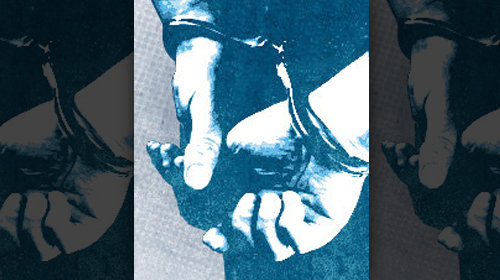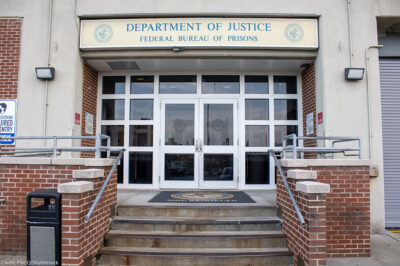
Today, the U.S. has the highest incarceration rate of any country in the world. With over 2.3 million men and women living behind bars, our imprisonment rate is the highest it’s ever been in U.S. history. And yet, our criminal justice system has failed on every count: public safety, fairness and cost-effectiveness. Across the country, the criminal justice reform conversation is heating up. Each week, we feature our some of the most exciting and relevant news in overincarceration discourse that we’ve spotted from the previous week. Check back weekly for our top picks.
What’s Working: Alternatives to Incarceration in New York
Much has been made of the fact that New York’s crime rate has declined steadily for over a decade at the same time as its prison population has dropped steeply. Some researchers seeking to understand the connection have pointed to police tactics and arrest policy. Another trend that has accelerated in recent years also deserves credit: alternatives to incarceration. In recent years, New York expanded judges’ authority to sentence people to treatment programs instead of jail or prison. According to a new study, that decision has saved the state millions of dollars and helped reduce crime.
The study, “Testing the Cost Savings of Judicial Diversion,” found that “even with the high treatment investment, there is an overall net benefit due to positive outcomes for judicial diversion participants….Overall, the implementation of (judicial diversion) appears to have resulted in significant cost savings and a return on taxpayer investment.” In other words, the state invested in treatment programs, allowed judges to utilize them, and saved a ton of money by doing so.
Some context will help to explain what happened. Prior to 2009, the Rockefeller Drug Laws imposed mandatory prison sentences for most drug offenses. If a judge thought that drug treatment would be a more appropriate sentence, she could not issue a sentence for treatment unless the offense was one of the few to which a mandatory prison sentence did not apply, and even then, she could only do so with the prosecutor’s consent.
The Rockefeller Drug Law Reform not only repealed most mandatory sentences for drug crimes, it also allowed judges to sentence most drug-offense defendants and some property-offense defendants to treatment even over the objection of the prosecutor. That is, judges were given broad discretion—but were not required—to sentence lots of defendants to treatment. The question was to what extent they would exercise that option.
It turns out they would turn to that option a lot. In the year after the new law took effect, court-ordered treatment enrollment nearly doubled. Persons who participated in treatment programs were less likely than comparative individuals sentenced to jail or prison to commit another crime, be re-arrested or appear in a new felony court case; and spent fewer days on probation or in prison. The savings from fewer crimes, fewer arrests, fewer court cases, and fewer prisoners outweighed the costs of treatment so much that the average treatment participant saved the state of New York over $13,000. Read the full report for more detail.
Other Interesting Items from the Past Week
- Louisiana Governor Bobby Jindal signed a bill that allows prisoners serving time for a non-violent offense to earn more “good time” credits toward reducing their sentences through good behavior and participating in self-improvement programs. The new law increases the maximum number of credits from 250 to 360.
- The Texas Department of Criminal Justice will close two prison units operated by the Corrections Corporation of America – the Dawson State Jail in Dallas and the Mineral Wells pre-parole transfer facility. The decision is encouraging not only because the Dawson jail was plagued by awful conditions, but because prison closures are the key to meaningful savings that states can invest in alternatives to incarceration, like the treatment programs discussed above.
Want to know how addicted your state is to incarceration? Check out our new map for updates on recent activity in state legislatures to reduce prison populations, with contextual information about each state.
Learn more about overincarceration and other civil liberties issues: Sign up for breaking news alerts, follow us on Twitter, and like us on Facebook.


